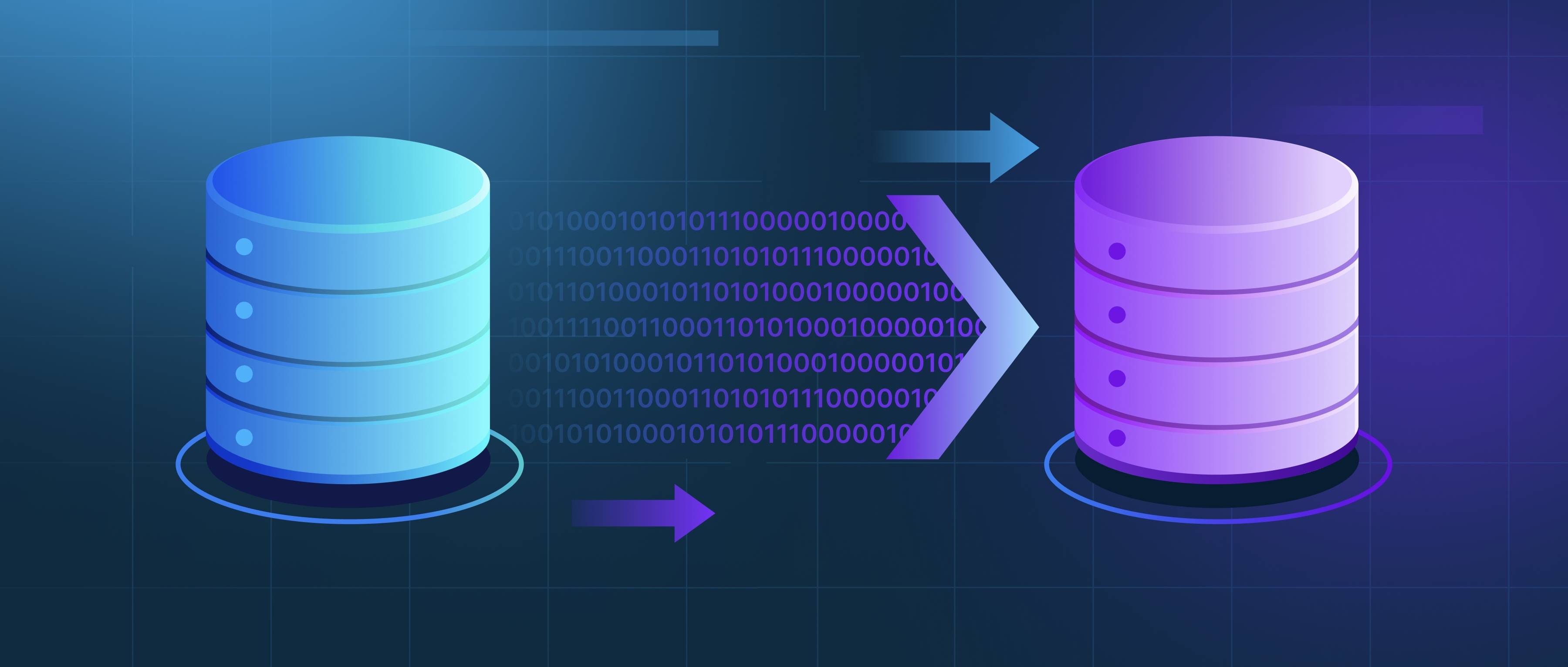Handling unstructured data, such as images, text, and audio, involves a systematic approach to processing, storing, and analyzing this type of data. The first step is to understand the nature of the unstructured data in your dataset. Since unstructured data does not fit neatly into relational databases, it often requires specialized techniques for processing. For instance, images can be processed using computer vision techniques, while text may require natural language processing (NLP) methods. Audio data can be analyzed using feature extraction techniques to convert sound waves into a format that can be analyzed.
After identifying the type of unstructured data you're dealing with, you need to choose the right tools and frameworks for handling it. For images, libraries like TensorFlow or PyTorch can be used to build machine learning models for image classification or segmentation. For text data, NLP libraries such as NLTK or SpaCy can assist in tokenization, Named Entity Recognition (NER), and sentiment analysis. For audio, libraries like Librosa can help extract features such as Mel-frequency cepstral coefficients (MFCCs) for further analysis. These tools help transform unstructured data into a more structured format, making it possible to derive insights.
Finally, storage is a critical component of managing unstructured data. Traditional databases may not be suitable for large volumes of unstructured data. Instead, consider using NoSQL databases like MongoDB or cloud storage solutions like Amazon S3, which are designed to handle various data types with scalability in mind. It's also essential to implement data governance practices, ensuring that the data you collect is managed properly with clear access controls and compliance checks. By following these steps, you can effectively manage unstructured data and extract valuable insights from it.
